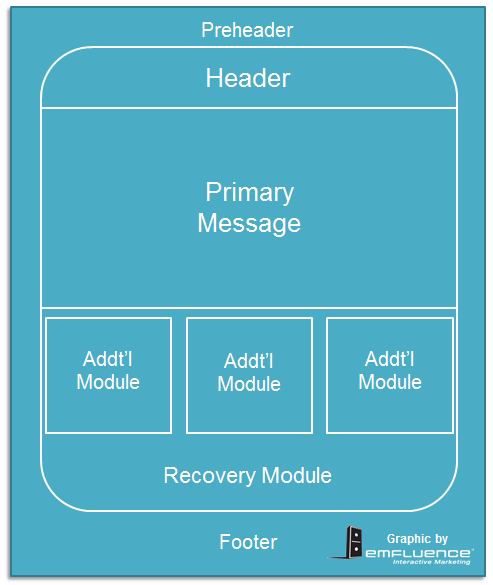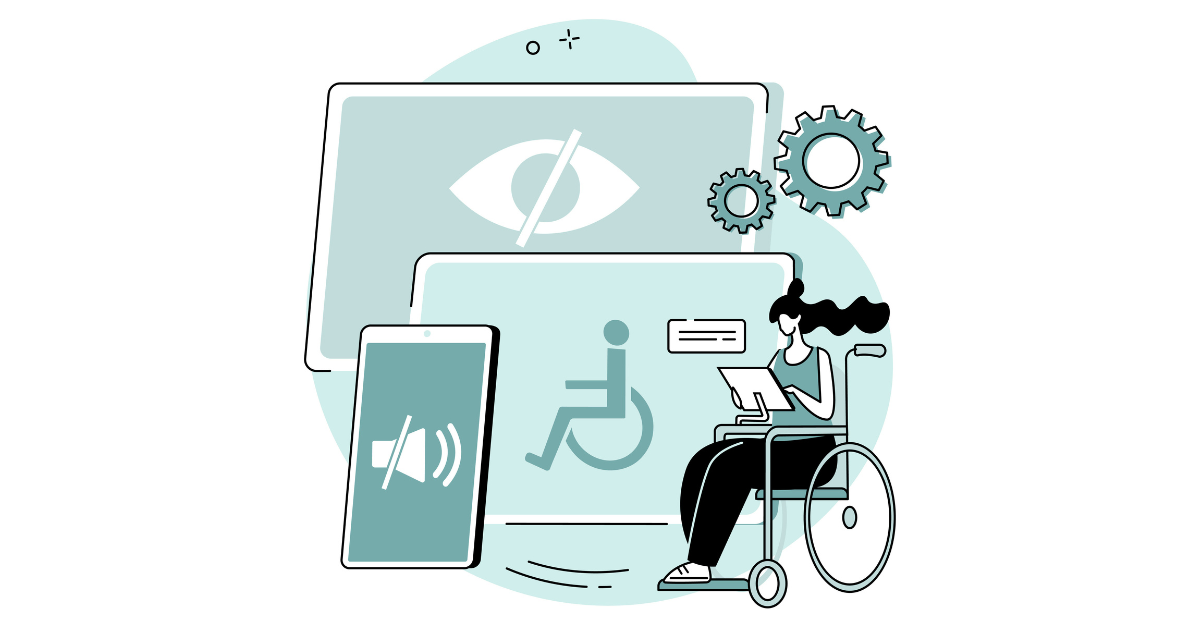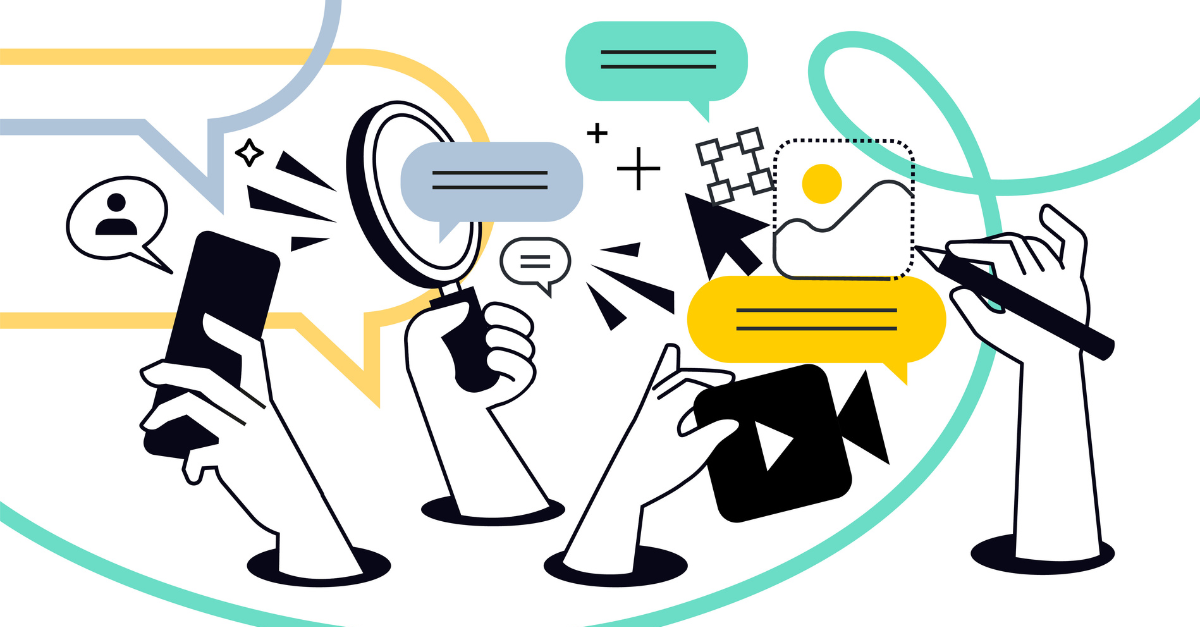What marketing channel boasts a $28 return on investment for every $1 you invest? (Hint: there’s only one.) What channel combines emerging digital tactics with proven data-driven strategies? What channel requires both left and right brain thinking to really nail it? Easy: it’s email marketing.
 Email marketing is reported as driving the highest revenue of any medium for all companies that gross $100K annually or more. (Email’s younger brother social media drove revenue best for small businesses with organic search and email right behind it. Source: Email State of Health Report 2014.) And why wouldn’t it? It’s fast, cost-effective, and personalizable, from what product is featured to when the email is sent.
Email marketing is reported as driving the highest revenue of any medium for all companies that gross $100K annually or more. (Email’s younger brother social media drove revenue best for small businesses with organic search and email right behind it. Source: Email State of Health Report 2014.) And why wouldn’t it? It’s fast, cost-effective, and personalizable, from what product is featured to when the email is sent.
So, email works… but only if you’re doing it right. First, you need to know what you might be missing in that snazzy email campaign you’re working on. Here’s the basic 3-part anatomy of an email in 2014:
The Pre-header
This text-only sliver shows up above your graphic branded header image and serves two purposes: draw the reader further in and make your message clear in case images are off. Really great pre-headers have 3 key ingredients:
- A white list request – Ask your readers to add you to their safe senders list to be sure they don’t miss out your deals or smart newsletters.
- A view as a webpage link – If the email isn’t as beautiful as it should be or images are off and the message isn’t very clear, offer a way to see the email in a browser, exactly as you intended it.
- A 2nd subject line – Start your pre-header off with some smart marketing! Think of this as an extension of your subject line to continue to draw your reader into the email.

The second subject line actually has multiple benefits. It gives your readers who have email images turned off an idea of what they can find inside. It also becomes your snippet. On mobile devices, the first bit of text in your email becomes the snippet that shows up in the mobile inbox. If you start your email with an image, that snippet is garbage code.

So, instead, we smart marketers start with our 2nd subject line to boost the effectiveness of the 1st subject line (which typically maxes out at 80 characters).
The Body
The main content section of your email could be truly anything. It’s your monthly newsletter, a new product announcement, a birthday message (sent automatically for your subscriber’s birthday), a coupon, a register to win promotion and a hundred other things. No matter your content, there are a few tips that are always a good idea:
- Keep it short and skimmable. Email’s goal is to get your reader to the page, product, form or into the store. Unless it’s a secret, exclusive special, your content – promotion details, articles, etc. – should live on a webpage. Then, you drive traffic to it with your well-crafted emails. Typically you get about a scroll’s length before your email may be a little long. Disclaimer: this varies by industry and topic! Some of emfluence’s clients have found that longer, personal letters get the best open rates!
- Keep a good balance of text to image. One big image is a bad idea. First, because 25-33% of your subscribers will have images turned off by default and they’ll see nothing at all! Second, because it looks spammy. Spam filters determine whether to send you to inbox or junk partially based on what your email talks about. With no text… it talks about nothing. You’ll find you land in the junk box more frequently if junk filters don’t know what you’re up to.
- Make it relevant. Use the information you have about your subscribers to send them the information that’s most important to them. Sure, you’ll send everyone your once-a-year sale email, too, but in between, try to segment your list into those who buy product A vs. B, those who open frequently and those that only open a few times a year. Customize the content of your email to suit your reader, too, using first name, past product purchase, last shopping date and more to make the email really valuable.
The Footer
Ok, so maybe it’s not exciting, but the footer of your email is where you have to abide by CAN-SPAM law, so let’s go into it. Your footer (or somewhere in your email) should always have:
- A mailing address. In 2003, this was added to CAN-SPAM law thinking that people should be able to opt-out of your email without having to click any potentially nefarious links. I’m pretty sure 13 people total have opted out by mail since then, but it’s the law, so go ahead and put this in. TIP: In 2008, the law was updated to allow P.O. Boxes as your mailing address, a particularly beneficial update for small businesses and associations.
- A working unsubscribe link. The good news is that any email service provider you use will automatically include this and will manage all of your unsubscribes for you, immediately. The law is clear on this one: you can email anyone until they tell you to stop. Then you have to clear them off of your list forever.
- Accurate brand identity. This should be done a lot of other places in your email, too. Your friendly From Name and From Email address should be valid, clear and branded. Your email’s header typically includes your brand or logo. But in case you haven’t done it anywhere else in the email, be sure you say who this email is being sent from for complete transparency.

Alright, you’re off to a good start! Your anatomy lesson is complete but you could spend entire semesters on the biology of the email body. Lucky for you, you don’t have to! I’ll be speaking on how to dive into great email marketing at the 2014 Direct Marketing Boot Camp on July 10th. Join me and a full line-up of smart speakers to earn your certification in Direct Marketing 101!



